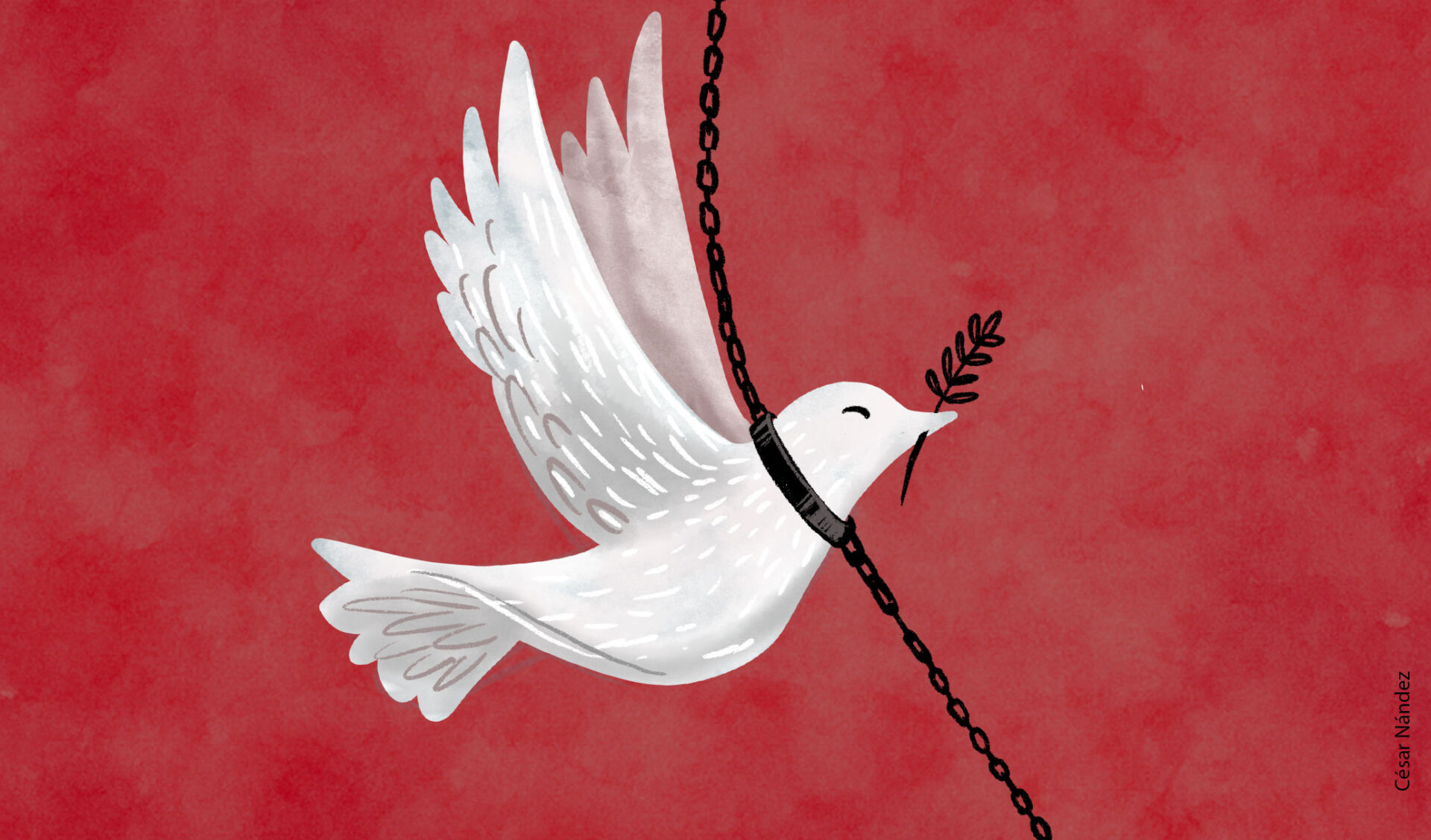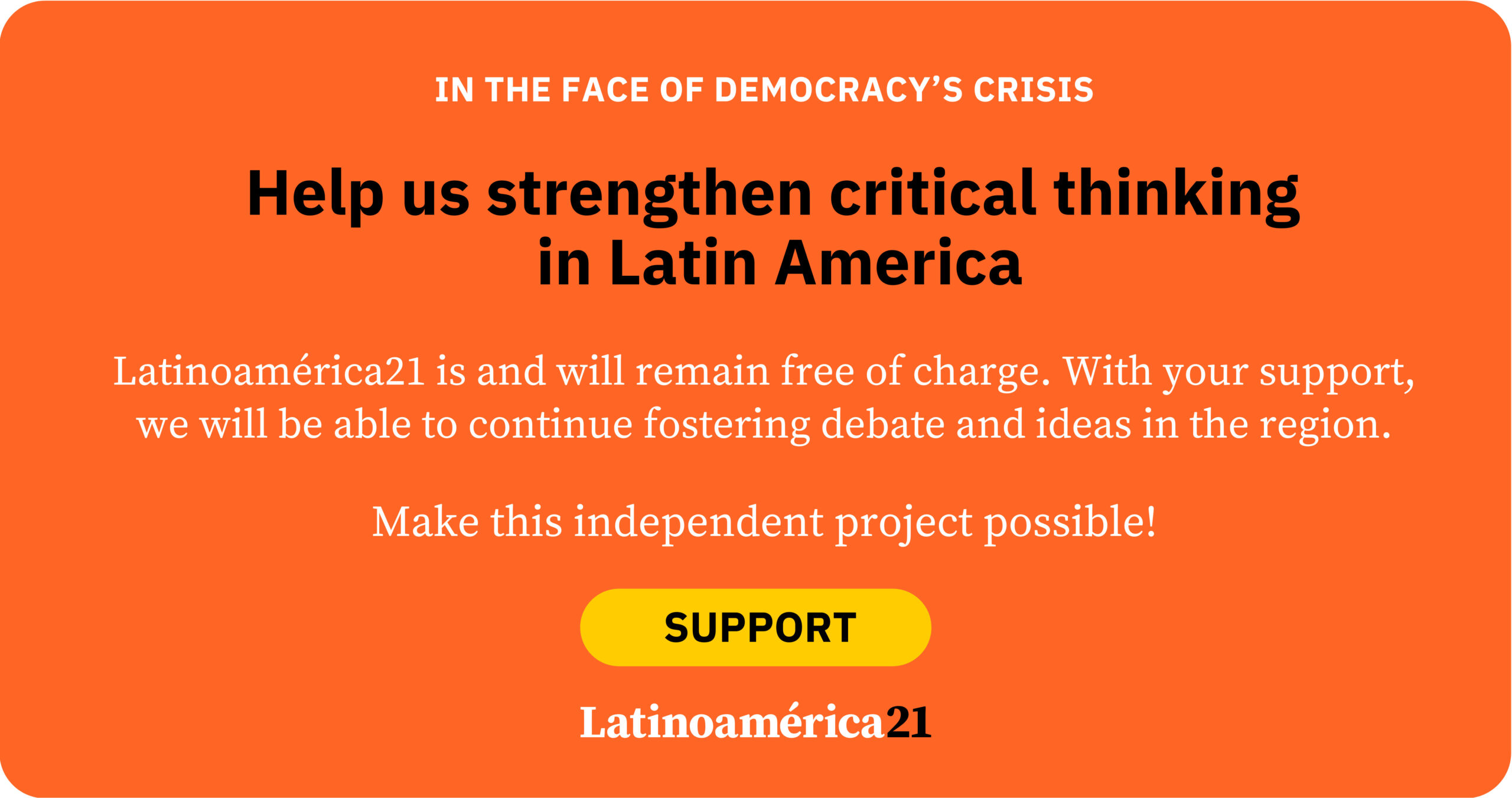Latin America embodies one of the deepest paradoxes of the contemporary world. It is a region practically free of interstate wars, yet is devastated by lethal and persistent internal violence. Unlike Eastern Europe, the Middle East, or parts of Southeast Asia, there are no bombs falling here, no trenches and no clashing armies. And yet, the numbers of violent deaths during times of “peace” far exceed those seen in many open war zones.
Since 1990, fewer than 1,000 people have died in interstate conflicts in South America, compared to more than 330,000 worldwide. Only three interstate wars have marked the past century in the region: the Chaco War (1932–1935), the Falklands War (1982), and the Cenepa Conflict (1995). Unlike Asia, where tensions between India and Pakistan, India and China, China and Taiwan, or the two Koreas have kept the risk of open conflict alive, Latin America has always managed orderly diplomatic resolution. The resolution of the Beagle Channel dispute between Argentina and Chile in 1978 and the resolution of maritime litigation between Peru and Chile at The Hague in 2014 are emblematic examples.
Even in the nuclear arena, Latin America has demonstrated a unique commitment to de-escalation. Argentina and Brazil, which in the 1970s and 1980s developed nuclear programs with potentially military purposes, ultimately chose cooperation over an arms race. In 1991, they founded the Brazilian-Argentine Agency for Accounting and Control of Nuclear Materials (ABACC), a binational entity unique in the world that mutually oversees the exclusively peaceful use of their nuclear programs. This model stands in stark contrast to the unresolved nuclear tensions in South Asia (India, Pakistan, China), the Middle East (Israel-Iran), the Korean Peninsula and even Eastern Europe (Russia-Ukraine). The signing of the Treaty of Tlatelolco in 1967—the first to ban nuclear weapons in an entire region—further underscores this pacifist trajectory.
A Region Without Wars… But Deadly
But while Latin America has avoided traditional warfare, it has not escaped another form of devastation: daily, persistent, and internalized violence. In terms of intentional homicides, the region ranks as one of the most dangerous on the planet. According to the UN, Latin America accounts for 29% of all homicides in the world, despite representing only 8% of the global population.
The figures are alarming: Ecuador currently reports 46 homicides per 100,000 inhabitants, the second-highest rate in the world, second only to Jamaica. Mexico has approximately 19, Colombia 25, Venezuela over 40. In contrast, the war in Ukraine, at its bloodiest (2022), produced a rate of between 6 and 8 deaths per 100,000 people. That is, a citizen of Guayaquil or Acapulco faced a significantly higher risk of violent death than an average resident of Kyiv!
And What About Poverty, Inequality, and Urbanization?
Poverty, inequality, and unplanned urbanization are commonly cited as structural causes for Latin American violence. But that alone is insufficient. India, for instance, has a Gini coefficient (a measure of inequality) similar to that of many Latin American countries and lives with deep social and urban disparities. However, its rate of homicide is merely 2.8 per 100,000 inhabitants. In Indonesia, it is 0.6; in the Philippines, between 4 and 8; and in Thailand, around 3.2. Why then is Latin America so disproportionately lethal?
Institutional Decay and the Post-Authoritarian Legacy
A key difference lies in the history of state-building. In much of Latin America, the transition from military dictatorships coincided with neoliberal reforms that further weakened state capacity. Instead of building effective bureaucracies or professional security forces, many countries opted for models of governance that were personalized and fragmented. By contrast, Asian countries like India—with a continuous democracy since independence—or Indonesia—which maintained robust administrative structures after Suharto’s fall—managed to preserve or rebuild functional state apparatuses. This historical divergence helps explain why, in Latin America, democracy often arrived without a state.
Crime as a Parallel Power
Another crucial difference that follows from limitations of state power is the role of organized crime. In Latin America, it not only challenges the state—in many cases, it replaces it. In cities like Caracas, Rosario, or Tegucigalpa, armed groups not only commit crimes but also perform state functions—they regulate markets, enforce rules, collect taxes, and administer justice. These illegitimate but functional “micro-states” fill the void left by institutional withdrawal and are hence much more entrenched than in Asia.
Urban Fragmentation and Social Cohesion
The breakdown of the community fabric in Latin American urban peripheries—community life eroded by decades of forced displacement, chaotic urbanization, and state neglect—has left social spaces unprotected. In contrast, in many Asian cities, traditional networks (castes, clans, religious or clientelist associations) still exist and act as informal mechanisms of regulation and crime prevention.
Impunity: The Oxygen of Violence
Moreover, impunity fuels violence. In Mexico, 90% of homicides go unsolved. In Brazil, only about 20% end in conviction. By contrast, India investigates 65% of homicide cases, formally charges 72% and convicts 57% of the accused. The specific conviction rate for murder is 42.4%. In countries like Indonesia, where homicide rates are under 0.6 per 100,000 inhabitants, organized crime faces an even higher risk of punishment, which acts as a structural deterrent.
Weapons Everywhere: Lethality as the Norm
In Latin America, the omnipresence of weapons worsens the situation. Brazil has 8.3 firearms per 100 inhabitants, Mexico 12.9 and Uruguay 34.7. Compare that to Asian peers: India has only 5.3; Indonesia, 0.6; the Philippines, 3.6. Additionally, illegal trafficking from the United States supplies Latin American cartels with military-grade weaponry—sometimes superior to that of local police forces.
The External Factor: The United States as Part of the Problem
U.S. influence has been ambivalent: as the main consumer of drugs, its demand finances transnational crime, while its anti-drug policies—such as Plan Colombia or the Mérida Initiative—have contributed to a militarized approach without addressing structural problems. Rather than strengthening the state, many of these initiatives have fragmented it even further. In contrast, Asian countries have applied more centralized logic and are less dependent on external agendas.
The City as the Epicenter of the Battle
Violence in Latin America is, above all, urban. Cities are now the main battlegrounds for territorial control. Rosario, for example, recorded more than 22 homicides per 100,000 inhabitants in 2023, largely linked to disputes between gangs such as “Los Monos” and rival groups. In cities like Arica or Guayaquil, mayors lack authority over police forces and face armed threats without adequate institutional tools. By contrast, in cities like Mumbai (1.3 homicides per 100,000 inhabitants) or Manila (3.3), local authorities maintain more effective networks of social containment and police coordination.
Violence Without Destination… But Not Irreversible
Latin America remains trapped in a dilemma: freedom from war, but mired in unrelenting violence. As Roque Dalton once tragically summed up, “violence is not the problem, but the natural state of the Latin American soul.”
But that supposed “nature” is, in reality, a construction. Overcoming it requires rebuilding institutions, professionalizing criminal justice, restoring state legitimacy, and reconstituting social networks from the ground up. In fact, comparisons with Asia demonstrate that violence is not inevitable—it is simply the result of several political, social, and historical decisions. And because all political, social and historical decisions can be reversed, the violence they have enabled, too, can be dismantled.
Sahasranshu Dash is research partner at the South Asia Institute of Research and Development, Kathmandu, Nepal.













